Poof. With the gentle nudge of a shoe, a small plume of “smoke” rises from the dry puffball. Adults and kids often get a kick out of mature puffballs and their spore plumes.
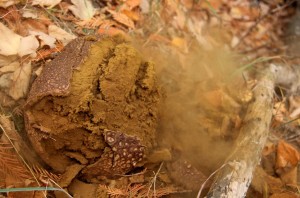
A giant pasture puffball’s outer skin breaks away when the inside spore mass, called the gleba, is dry. Often the spores are held together by sterile threads called capillitium and an outside force (like a stick) is needed to help the spores break away.
When mature, puffballs release thousands to trillions of tiny spores–tiny as in 0.00014 to 0.00019 inches in diameter. Even the force of a raindrop can send spores into the air.
The largest puffballs can produce more than seven trillion spores. Giant puffballs can be as large as a watermelon and the largest recorded giant puffball was eight feet eight inches in diameter and weighed 48 pounds.
Giant puffballs (Calvatia gigantea) grow in the central and eastern United States but we have large puffballs in North Idaho–giant pasture puffballs and sculptured giant puffballs. Sculptured giant puffballs have thick angular patches on the outer skin when immature. Giant pasture puffballs have a felty outer skin that breaks into patches as it is shed.
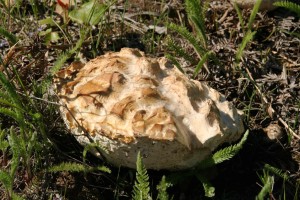
Puffballs are also known as the ‘stomach fungi’ or Gasteromycetes. Pictured is a sculptured giant puffball.
Puffball is a generalized term for many genera of fungi including true puffballs, giant puffballs, earthstars, stalked puffballs and Earthballs. All puffballs are mushrooms but don’t look like the typical cap and stem mushroom commonly seen in the spring and fall.
Instead, puffballs are generally rounded to pear-shaped and grow either on the ground or on rotting wood without a stem. Some puffballs are smooth on the outside but others have warts, cracks, scales, tufts or spiny tips.
While most other mushrooms contain spores within their gills, puffballs produce spores inside a sac.
The puffball we see growing above ground is the fruiting body of a network of fibers growing underground. Sometimes only one puffball is produced from a network, other times more than 100 puffballs can be clustered together.
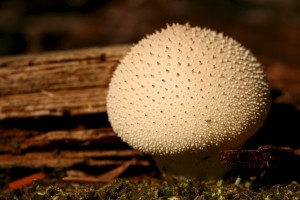
Most puffballs are three to eight inches in diameter with giant puffballs growing larger than a fist to watermelon size. This small puffball is less than a few inches wide.
Immature puffballs are white and soft inside with a cream cheese or marshmallow texture. As puffballs mature they darken and dry out with the spores becoming a fine powder.
Once dry, the spores are ready to be scattered. Depending on the species of puffball, the spores are released through a small hole at the top of the sac or by the “skin” cracking. Wind can draw the dry spores out of a puffball like smoke from a chimney, rain can forcefully scatter spores or the nudge of a foot (people or animal) can send the spores flying.
Even though puffballs may contain trillions of spores, forests and meadows aren’t covered with puffballs. The odds of survival are slim for spores and on average only one spore from each fruiting body encounters the right conditions to create a new network of underground fibers.
As a fungus, the underground network breaks down wood and organic material for food because it cannot manufacture its own food from carbon dioxide, water and minerals like green plants.
Certain puffballs prefer to grow on composted soil and meadows while others prefer to grow on rotting wood. Since puffballs grow from an underground network, they can be found in relatively the same location every year, allowing us the opportunity to “help” scatter the spores when they are mature.

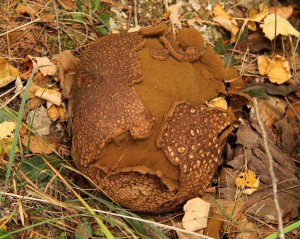
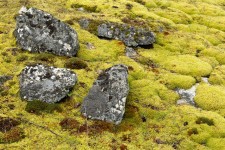
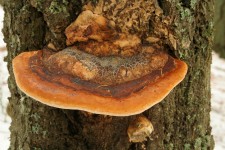
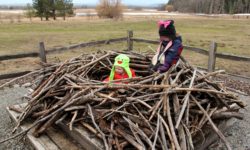
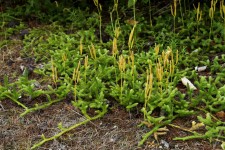
I’m really enjoying the design and layout of your blog.
It’s a very easy on the eyes which makes it much more pleasant for
me to come here and visit more often. Did you hire out a developer to
create your theme? Superb work!
I just found one of these in my back yard in North Texas. I’ve never seen one before and it looked so odd. I googled for a long time to find info.
I have foun brown sponge ball size like football in my yards i don’t no what is this but little knowledge may be it’s fungal spices
I have fond the same thing last week and I didn’t know what it was and I’m from South Africa Cape Town